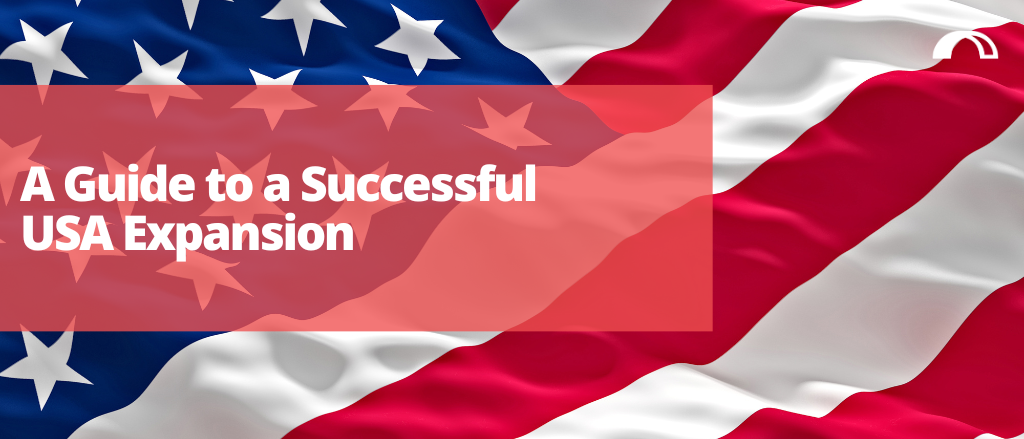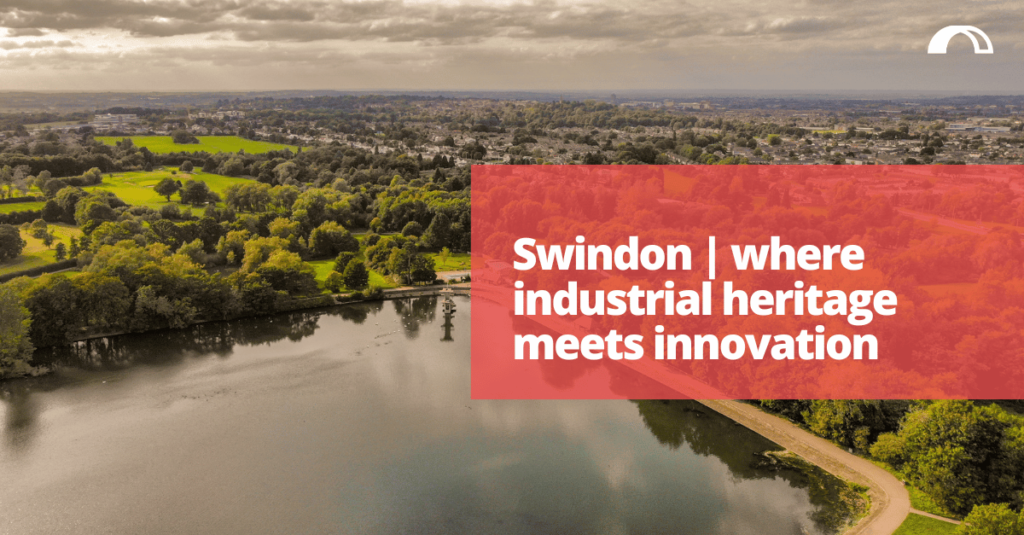It’s easy to see why the USA is one of the first places many entrepreneurs would choose to expand overseas. It consistently ranks within the top 10 countries for ease of doing business [1]. For many kinds of businesses, the US is simply ‘the’ place to be. A tech company, for example, will find Silicon Valley irresistible. In this article, we outline the key steps you should take to expand your business stateside.
Choose the right partner to accelerate market entry
As you expand your business to the US, you should take advantage of expert knowledge to guide you through the process. Choosing the right partner will help you to avoid mistakes and heavy costs associated with failure and turn your product or service into a fast-growing success.
At Bridgehead, we often see companies appointing accountants and lawyers too early. This is usually because government support agencies are all too eager to make the introductions! However, the right partner should advise you to focus on sales first. You should be speaking to potential customers to build a sales pipeline; this will guarantee a swift ROI.
Do your Homework
There are 50 states in the US. Each state is heterogeneous, from legislations, taxation systems, operating costs, distribution systems and climates, right through to customer service expectations. If you need to open a US entity, your choice of structure e.g., corporation or limited liability company (LLC) will also determine how your company will be taxed.
Knowing where to begin is crucial. Conduct comprehensive market research for each state you wish to target. As a result, you will be able to determine how and where your potential customers will access your product.
Get in touch with potential customers, employees, other local business owners, and potential partners. A variety of government and trade organisations can also assist small businesses looking to expand into the US, such as the economic development agency, local chamber of commerce, and the small business development center.
Plan your GTM strategy for every state you plan to enter
Following market research, you should develop a tailored go-to-market (GTM) strategy for each state you want to target. A GTM strategy is an action plan, which sets out how you will sell your product to reach your target customers and how you will gain competitive advantage. At Bridgehead, we see five critical elements to building an effective GTM strategy.
- Choose your target market – What problem needs solving in the market? How will your product solve their problems? What gives your product a competitive edge? Other factors to consider are your own business goals, the business environment, access to resources as well as business costs, for example, in popular hubs such as New York and Silicon Valley they have significantly higher running costs compared to some southern states.
- Identify your target audience – Once you’ve identified the type of customers who might buy your product, customer segmentation is commonly used to divide groups of individuals who share similar traits such as age, gender, interests, education level, income and buying habits. Segmentation is used to develop buyer personas. These ‘must-haves’ help you to generate different messages to target different customer segments.
- Develop your product and value proposition – Americans will want to know why you are different and why they should buy from a non-American company. That’s where communicating your unique value proposition will be key.
- Determine your pricing strategy – It won’t surprise you to learn that prices vary across the 50 states. These include housing, household goods as well as groceries. For instance, a bottle of Coca Cola (0.33 litre) is 23% cheaper in Mississippi than in Washington D.C. [2]
- Establish your route to market – Choosing the right channels to reach your customers is fundamental to success. You can lower your risks and costs, by exploring options to work with local partners and agents. This was the tactic deployed by the Danish toy manufacturer, the Lego Group, in 1961 when they decided to expand in the US, it licensed an American company Shwayder to work with them. The Lego group supplied the machinery and moulds whilst Shwayder (who rebranded as Samsonite) were responsible for production and sales.
Adapt your brand positioning for the U.S. Audience
Positioning is about differentiating your brand to your target audience. The Japanese car manufacturer, Toyota, designed the Corona model specifically for US drivers, they positioned the vehicle as high quality and reliable with just the right creature comforts and at the right price.
The British author, J.K Rowling agreed to change the name of her first book to “Harry Potter and the Sorcerer’s stone” when it was published in the US. Elsewhere, it’s “Harry Potter and the Philosopher’s stone.” The publishers believed that children in the States would not read a book containing the word “Philosopher” in the title.
As a business owner, you will know what your brand stands for, but have you communicated this message to your target audience? Take a step back and view things with a critical eye; look at your website, marketing materials, digital assets, products, vehicles, packaging, signage…what does it stand for from an outside perspective? If it’s not obvious, then change it and make sure that you communicate it to your target audience.
There are accountants, lawyers and consultants who make expansion to the US appear more complicated than it actually is. If you’re hesitating about expanding because of the lack of knowledge of the US market, get in touch. Our associates have excellent connections that will help you realise your US expansion goals.






